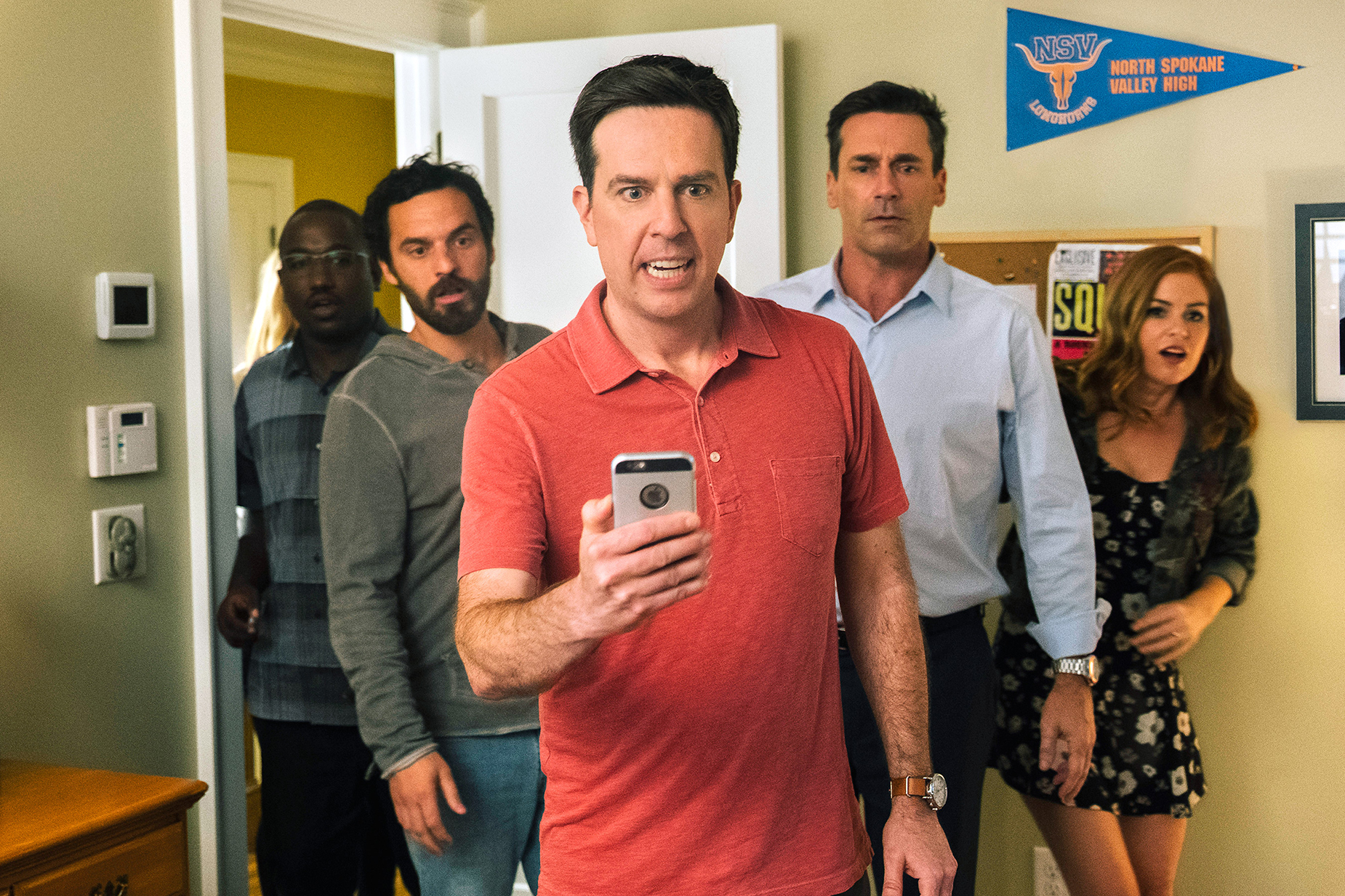


It was arguably one of the most critical decisions in the history of watch marketing. For the film, instead of using an Autavia, which was usually worn by Siffert, McQueen chose the Monaco 1133B for its unique and unconventional appearance. In 1970, Siffert served as production support for “Le Mans”, where he met McQueen, who was inspired to play the role of Michael Delaney, thanks to Sifferet himself. Soon enough, Jack Heuer ensured the exclusivity of the design for Monaco and on March 3, 1969, Heuer introduced the world to the Monaco 1133B, writing the first chapter of its illustrious history. So he joined forces with Erwin Piquerez, a Swiss case manufacturer, who developed Monaco’s water-resistant square case, a first for the industry then. In the years leading up to 1969, Heuer planned to launch the Calibre 11 in the Carrera and Autavia collections but that wasn’t enough for Jack, who wanted to make a significant impact with his new movement.

It was a formidable moment in watchmaking because that same year, both Seiko and Zenith introduced their own automatic chronographs, ensuing a fierce competition that forced Jack Heuer, the then head of the company, to make a difference with something more powerful. In 1969, Heuer in association with Breitling, Hamilton-Buren and Dubois-Depraz, unveiled the final version of what was called the “Project 99”: the Chronomatic/Calibre 11 automatic chronograph movement.


 0 kommentar(er)
0 kommentar(er)
